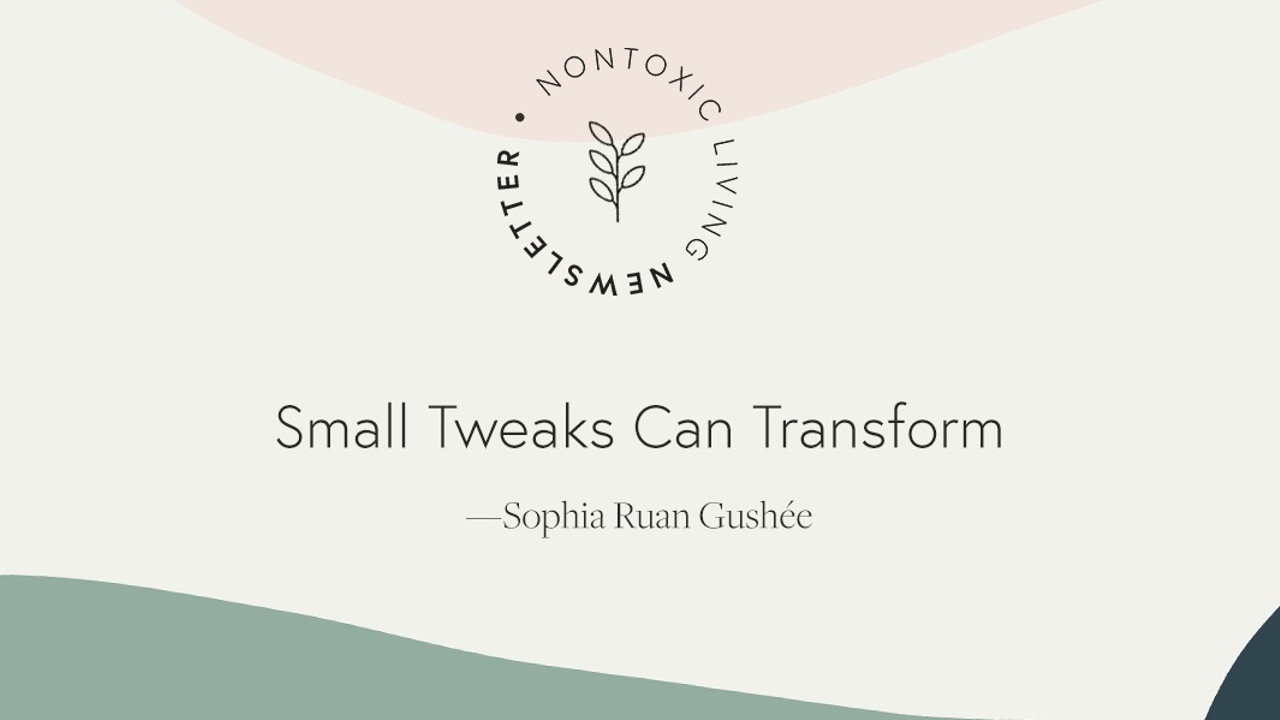|
On this Sunday, a day during which many catch up on the news, I want to spotlight two recent New York Times articles that people brought to my attention.
In case you missed them, you can click on their titles below.
Both articles bring important attention to the trends in our fecundity—our ability to produce offspring. Due to various trends—like those below—our fecundity has been decreasing.
- The "sperm count of average men in Western countries had fallen by 59 percent" (Kristof 2021)
- Data found an unexplained doubling in the incidence of hypospadias, a congenital defect of the penis in the US
- “Precocious puberty” in girls—puberty that starts before 9 years old—has been increasing
- Egg quality appears to be declining in adult women and miscarriages seem to be increasing too
For those of you who read my book A to Z of D-Toxing, this is not new or surprising. I wrote about these trends and how endocrine-disrupting chemicals (EDCs) risk our fecundity—plus more! After all, hormones are involved in all our biological processes. For example, I'm curious about how EDCs may affect menopause.
The evidence that the chemicals in our environment—especially those that can participate/interfere/disrupt our hormones—has been strengthening for a while. With these patterns first observed in wildlife, which can serve as canaries in the coalmine, some scientists or physicians have been asking us to "listen to the sperm" for about a decade.
Tips
There are many simple ways to decrease your exposure to endocrine-disrupting chemicals. Three impactful tips are below.
- Avoid plastics, especially plastic food and beverage containers. Some plastics may be safe, but it's really hard to know which ones are.
- Avoid fragrance. Some fragrance formulas may be safe, but it's really hard to know which ones are.
- Avoid vinyl. While vinyl is a type of plastic, it deserves its own shoutout since it pervades our daily lives and is one of the most toxic materials from its manufacturing, during its use, and even after we dispose of the vinyl products. A to Z of D-Toxing explains this further if you would like more explanation.
Additional Tips
Below is a roundup of past blog articles I published, which discuss endocrine-disrupting chemicals. Each article also offers tips to reduce your exposures.
A Structured Detox
If you would like a structured path to detox chemicals, heavy metals, and EMFs from what you buy, own, and do, then make sure you have incorporated the tips in the Home Detox Workbook and EMF Detox Workbook. You can also enjoy PDFs of the checklists in the workbooks' online counterparts, which are available via the Essential Detox.
To read about one person's home detox after consulting with me, check out Annie Tomlin's article in Well+Good, "A Home Detox Expert ‘Audited’ My Place—And These Are the Changes I Made."
|




